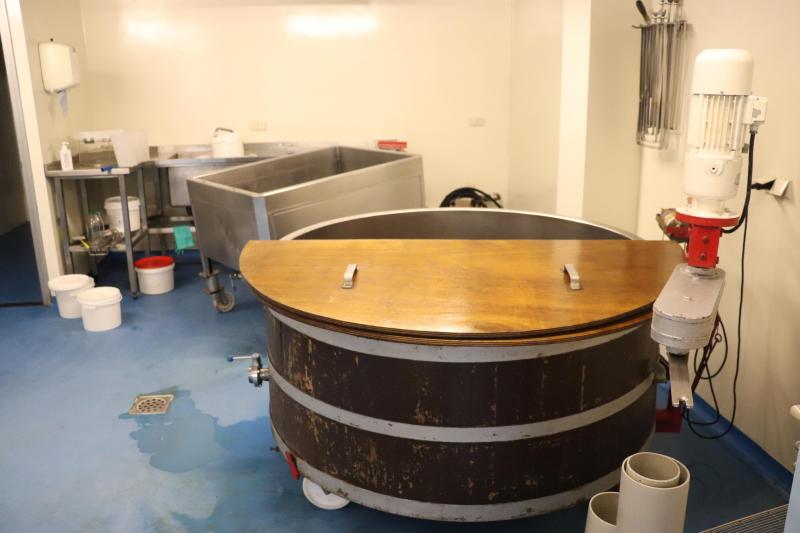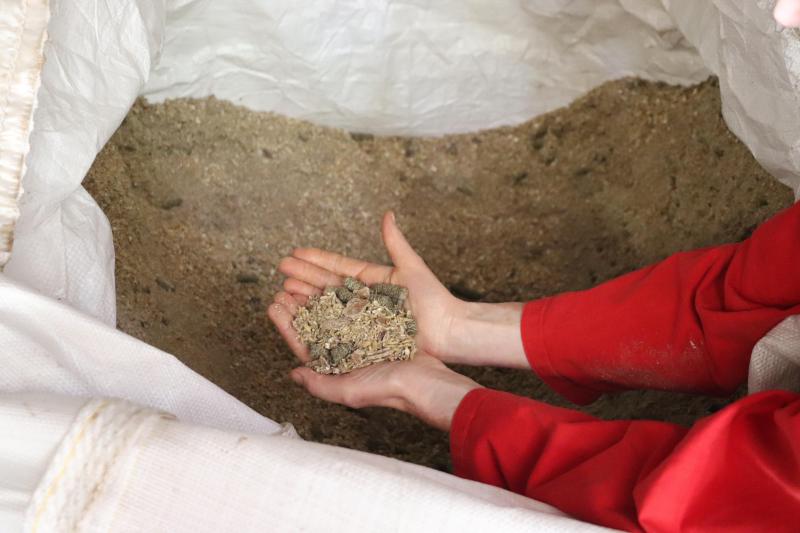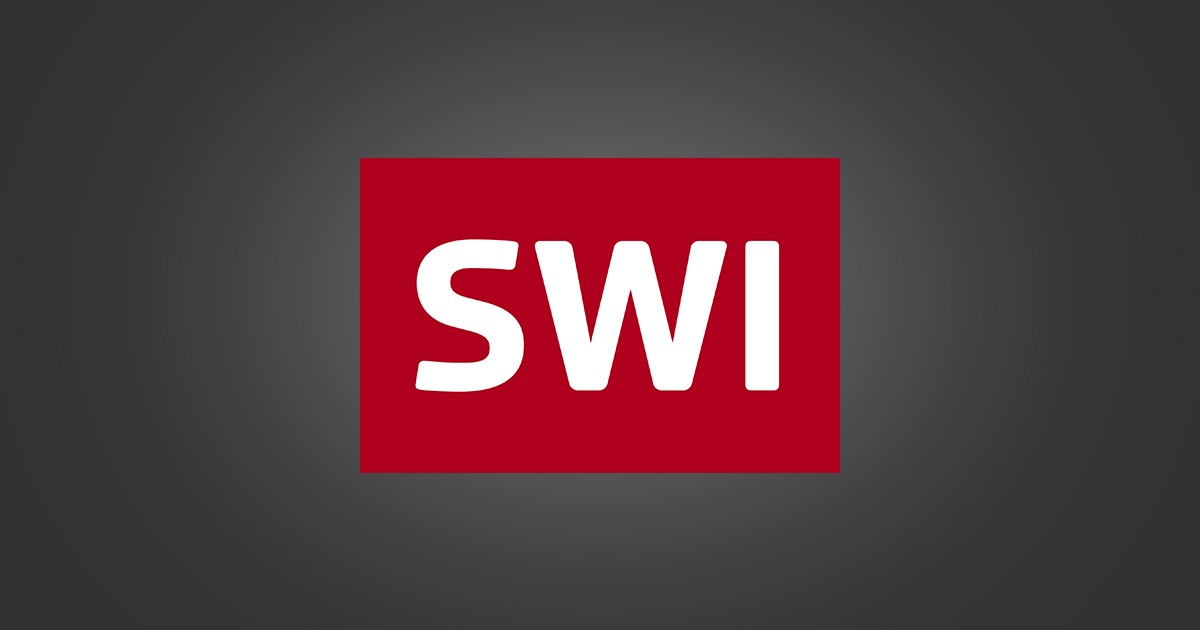GEgg keepers Ger Entjes and Ayla Groenveld live in beautiful Nooitgedacht in the Dutch province of Drenthe. Ger is a farmer’s son and Ayla is a farmer’s daughter. Ayla did her higher agricultural education in Leeuwarden and was a practical researcher at the Experimental Farm for Cattle Farming in Lelystad for two years. Ger was a teacher at a primary school for several years. In 1991, the couple started their own business as goat farmers. “The reason for starting our own business was that we didn’t want to sit in the office all our lives and we wanted to do business together.”
Officially, the Kruidenwei, as the company is called, is not a biodynamic goat farm, so it is not certified by Demeter (quality mark for biodynamic agriculture and food). They do have the eco-label. Ayla: “We meet all Demeter requirements, so we can become biodynamic as much as possible.”
Started with 74 goats
The couple started in 1991 in Niebert in Groningen with 74 goats and immediately also organic. Ayla: “At that time it was really pioneering in the Netherlands when it comes to goat farming. It was far from being as professional as the Dutch goat farming sector is now.” The company they bought had a straw pot shed and an 8-stall milking parlor from Manus with milk glasses. Around the farm was 11 hectares of land. Cheese sales were very difficult in the early years. This changed from 1995 when Ayla went to farmers’ markets, first in Zwolle and later in Groningen.
In time they found out that they didn’t fit in as well as they thought in Groningen’s Niebert. Ayla: “That’s why Ger and I were looking for a new location, even in England and Germany.” In the end, they found an organic dairy farm for rent in Nooitgedacht in Drenthe. They were very lucky, because just after they sold their goat farm in Niebert, foot and mouth disease broke out in the Netherlands, so they could no longer sell their cheeses at farmers’ markets. Another advantage was that in Nooitgedacht it was already an organic company. The entire goat herd was transferred to Nooitgedacht in 2 weeks in 2001. Ayla: “And in 2005 we were lucky enough to be able to buy this company. We also feel completely at home here.” The rental period was tough, because in those years they milked about 60 goats with the milk bucket. They had no young stock and no cheese dairy in that period.
Investments in milking parlor and cheese factory
After they bought the company in Nooitgedacht in 2005, they could start investing. They had 10 hectares of land at this company that they also wanted to buy. Goat farming in the Netherlands was booming around 2005, so they had someone write a business plan and teamed up with ABN-AMRO. They received the financing and in 2006 the farm and the milking parlor were extensively renovated. In the middle part, a cheese factory, cold store and simulated cave were built, especially for the ripening of blue cheese. Where part of the farm used to be, is now a shop. Besides the goat cheeses, the goat meat is also sold there. The meat of all own goats is sold through the own farm shop.
Investments were also made in a new 16-stand milking parlour with a milking installation of the French brand Gascoigne Melotte. Ayla: “We opted for a French cluster because the local supplier sells this brand in the area. I like it very much.” At the moment they milk about 125 goats and they still have 20 young stock. They don’t want to get very big, but mainly do crafts. Ayla: “Like other biodynamic companies, we adjust the number of goats to the amount of feed per year. For us, the following applies: quality over quantity and money is a means, not an end.”
Demand greater than supply
Investments were also made in equipment to be able to make blue cheese, such as a picker, special cheese molds and a drainage tray. Ayla: “Why do we make raw milk blue cheese? Because I’d had it with regular goat cheese. I needed a new challenge.”

They are now also making hard goat cheeses for the store, fresh goat cheese and goat cottage cheese. Before the corona crisis, their Lady’s Blue, a blue cheese made from raw goat’s milk, was even in stores in Antwerp, Berlin and even in New York. Ayla: “We don’t need to recapture that market. If those buyers are interested, they will come back.”
They now have so much sales through their own farm shop and trade that the demand is already much greater than the supply. So they have a luxury position. They also now supply milk to a dairy (Craft Dairy) in the region and they make delicious standing yogurt. The couple also likes that, because it gives you more time for other activities.
In addition to the goat farm, they also have a large vegetable garden, a large orchard with fruit trees and chickens and turkeys. With the current 125 dairy goats, they are at the optimum in terms of amount of land, amount of goats and milk yield. They are therefore not planning to buy additional land. If the summer is not too dry, enough roughage can be obtained from the 10 ha herb-rich lawn for the winter stock. The animals also receive a little concentrate from the German company Bio-Mühle and grass chunks from their own grassland, approximately 2 ha. The concentrate consists of loose components such as oats, barley and linseed.

They also get some goat chunks according to their own recipe from AgruniekRijnvallei. Ayla: “In the growing season, stinging nettles, tansy and goldenrod (everything from our own company) are also fed, also against possible worms. The herb meadow also contains a lot of narrow plantain, which is also vermifuge. Our company name ‘de Kruidenwei’ is therefore not fictitious, but lives up to its name.” The goats are out in the pasture from early May to November.
Choice for expensive milks
As far as breeding is concerned, the Herbal Whey applies natural cover. They have 4 goats. To prevent inbreeding, they occasionally buy a new buck from a fellow goat farmer. All goats are fattened. They have one production group of 125 dairy goats. They are milking for over an hour twice a day. To keep the milk flow going, about half of the goats go under the goat each year. The goats give between 2 and 2.5 l of milk per day, which equates to a rolling annual average of about 700 l/year. Averaged over the whole year, the protein content is 3.8% and the fat content is 4.1%. Ayla: “We opted for expensive milking, so after lambing, we milk the goats for 2 years. The reason is to limit the flood of lambs and in the second year you have relatively high levels, so that is certainly beneficial in connection with the cheese factory.”

When it comes to durability, the couple doesn’t like the technical feats. They think very critically about solar panels. Ayla: “There are still a lot of snags. Can broken or old solar panels be recycled properly, for example? Or are they environmentally polluting?” The couple opts for optimal land-relatedness and circular agriculture. According to Ayla, the shop at home also ensures that the circle is now more round or circular. Their future plans are therefore becoming even more extensive and even more self-sufficient. They are going to plant more trees in the short term, so that more moisture remains in the soil and the goats have even more shade. Ayla: “We want less goats and more biodiversity. We don’t have a successor, but we still enjoy the company ourselves.”
Civil servants are too far from farming practice
According to the goat farmers, both national civil servants and European civil servants are far too far removed from farming practice or the agricultural reality. Ayla: “I think that Brussels civil servants should do an internship at agricultural companies in Europe. That whole agricultural circus that is currently being played does not work, does it? Now you see that political parties only want to ‘get’ something and that doesn’t work.” According to the couple, there is now no real conversation between the parties. Ayla: “If they had an open attitude and are clear in the goals, then there is a way forward, I would think?” According to her, it is important that you as an agricultural company have a face: either you make an end product yourself or you have another activity to broaden. “In this way, you are visible to the public and you reconnect with each other.”
Over the past 50 years, agriculture has moved further and further away from the consumer. It has intensified and industry has increasingly mixed with agriculture. Ayla: “That does yield more and more kilos, but at a price that is always under pressure and an additional question is: what about the nutritional quality in the refined end product for the consumer? After all, what you eat influences the production method and the landscape.” According to her, this poses a major challenge for farmers, consumers and policymakers to reflect on what is really important. To achieve a more human scale, more local and truly sustainable. According to the couple, it is not just about a good price and economic gain, but what counts is that people enjoy agricultural products. Ayla: “This completes the circle from soil, animal, farmer, cheese maker to human beings. It’s a nice feeling to be in that gratitude.” If you really take your responsibility as a farmer as an autonomous person, you don’t need all that interference from the government, according to her. “Then you are in your own power and you can enter into a dialogue with the same government, but on an equal footing!”
Dick van Doorn
– .


